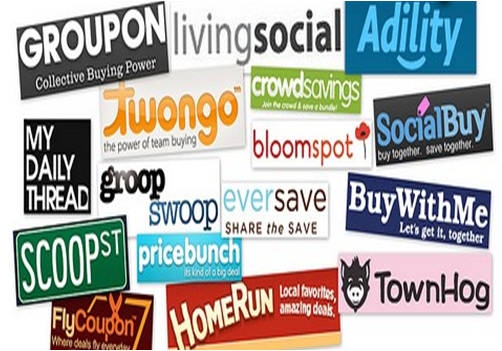The Kern Gnome Experiment
Managers frequently lament that while there is a surfeit of examples of creative marketing in sectors like cars, clothing or soft drinks, the same is not always true of the somewhat less glamorous world of business-to-business products and services. But that is not to say that there are not outstanding examples of marketing creativity is this sector as well. The Kern & Sohn gnome experiment is a classic case in point.

Kern & Sohn is a German company founded way back in 1844 and is currently a 6th generation, medium-sized family business. It is a leading player in the precision scales industry, manufacturing products such as laboratory balances and industrial scales for sectors like healthcare, production, education and jewellery. It wanted to build its reputation as a manufacturer of high quality measuring devices and of course, drive global sales. But like many small manufacturers it had a limited marketing budget. Its response however was imaginative and highly successful.
It decided to exploit a little known fact which is that because the Earth’s gravity varies from place to place, things weigh slightly differently in different parts of the world. These differences do not show up on ordinary scales but are captured by Kern’s precision equipment. The company carefully selected some customers and scientists around the world and sent them a kit containing a set of scales and a special test weight – a chip-proof garden gnome. Scientists weighed the gnome, recorded the results on the website, took photographic evidence and passed him on. As the gnome travelled to different landmarks around the world, he generated highly sharable imagery and positive associations for Kern.
The results to date have been exceptional. The story captured the attention of the world’s media reaching an audience of over 350m people in 150 countries and even becoming the subject of a Ted talk. After two weeks, over 16,000 websites had linked to the gnomeexperiment.com/ driving Kern & Sohn from page 12 to page 1 of the Google rankings resulting in a 200 per cent increase in traffic. Within a month, Kern sales had risen by 21 per cent. Impressive results for a very modest outlay!
l






 John Fahy
John Fahy